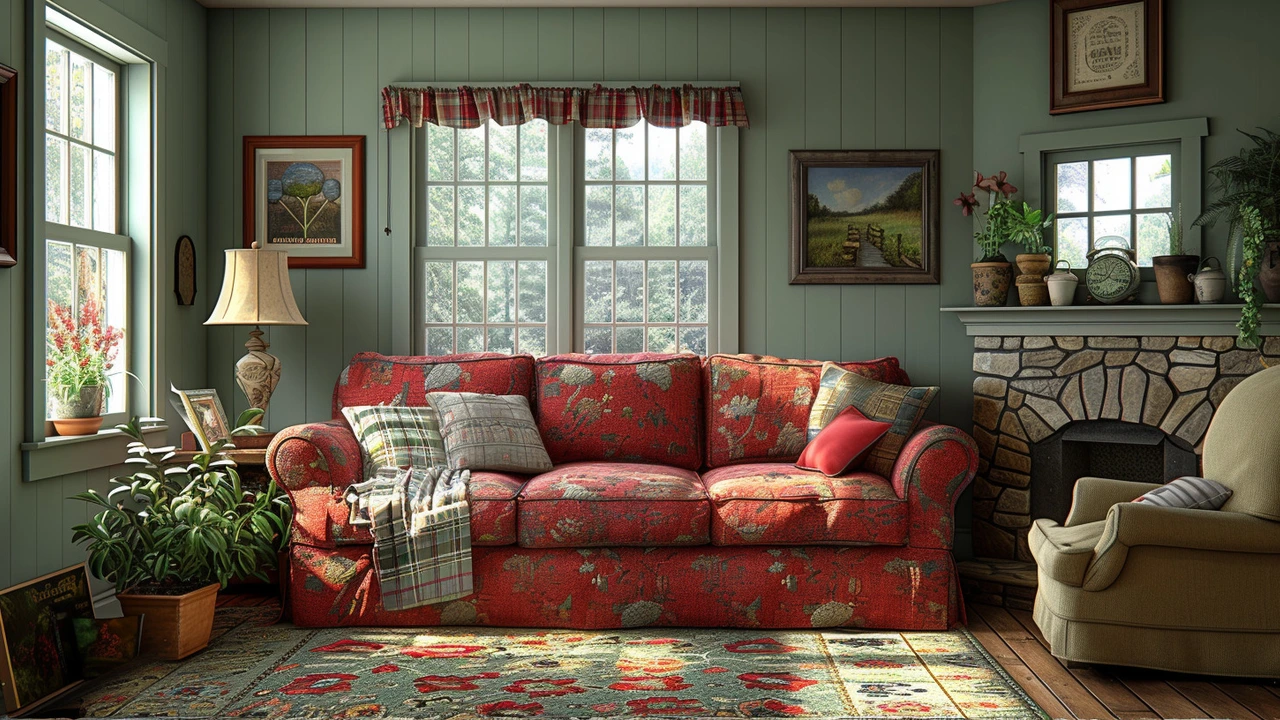Have an eye for design? Then join me as we delve into the beauty of the American Craftsman style - an architectural success story that refuses to fade away! We'll uncover its roots in historical American architecture, unpack its timeless appeal, and discover why it remains a sought-after style for homes across the continent. No design trend has stood the test of time quite like this, and I can't wait to share its unique charm with you!
Timeless interior trend: How classic architecture shapes lasting interiors
Timeless interior trend means choosing forms, materials, and proportions that stay appealing across years. Think of the calm balance in Georgian rooms, the sculpted detail of Beaux-Arts halls, or the clean lines of Bauhaus furniture. These aren’t fashion fads—they’re design choices rooted in scale, quality, and human comfort. Use those basics and your space will age well.
Core features of timeless interiors
Start with architecture. High ceilings, moulding, and clear sightlines give a room structure that survives trends. Symmetry and proportion—found in Greek Revival and Renaissance spaces—make arrangements feel right without forcing style. Choose durable materials: hardwood floors, natural stone, wool rugs, and brass or matte metal fittings. Neutral color bases (warm whites, soft grays, muted earth tones) let furniture and art take center stage while staying flexible over time.
Detail matters but keep it honest. A carved cornice or a well-placed arch reads as crafted, not dated. Lighting should layer: ambient light for mood, task light for work, and accent light for texture. Proper scale prevents a room from feeling tiny or overwhelmed—large sofas in large rooms, delicate chairs in cozier nooks. Finally, mix eras sparingly: a mid-century chair with a classical table creates tension that feels curated rather than chaotic.
How to use timeless styles in your home
Pick one architectural idea to anchor the room. If you love the Colonial look, highlight window casings and simple paneled doors. If Beaux-Arts appeals, introduce strong entryways and bold mouldings. For a modern take, use Bauhaus or Mid-Century pieces as accents against a traditional shell. That contrast keeps interiors fresh while respecting classic rules.
Invest in three lasting pieces first: flooring, a sofa, and lighting. Spend on quality where you touch and walk—the sofa and floors—then add lower-cost accents that can change. Use textiles to shift mood: linen or wool for a quiet, classic feel; leather and velvet for warmth. Rugs define zones and protect floors; choose natural fibers in simple patterns so they survive style shifts.
Preserve and adapt when possible. Restoring original trim, doors, or windows keeps character and often adds value. When replacing, match proportions instead of copying exact details. That way a restored Georgian home reads authentic without feeling like a museum.
Want examples? Browse features on Georgian, Greek Revival, Beaux-Arts, Colonial, Mid-Century Modern, and Craftsman styles to see how architects used form and material to create enduring rooms. Study how each style addresses light, proportion, and function—then apply those rules to your space.
Timeless interior trend isn’t about copying a period. It’s about borrowing principles: quality, proportion, honest materials, and smart contrast. Apply those, and your home will look intentional for years, not seasons.

